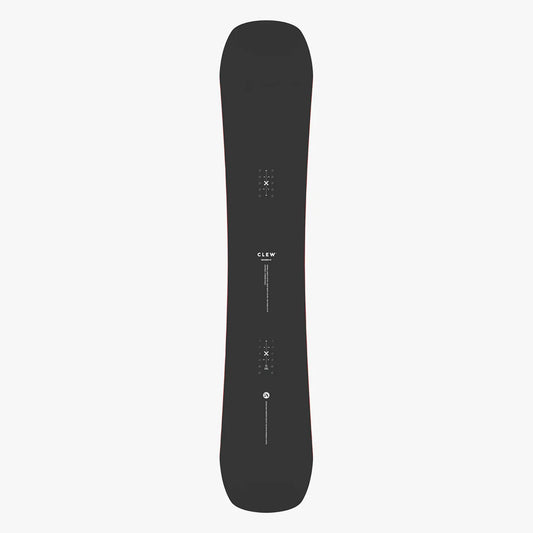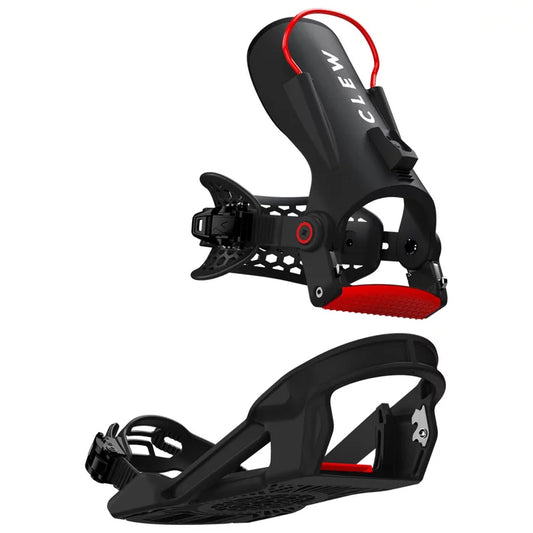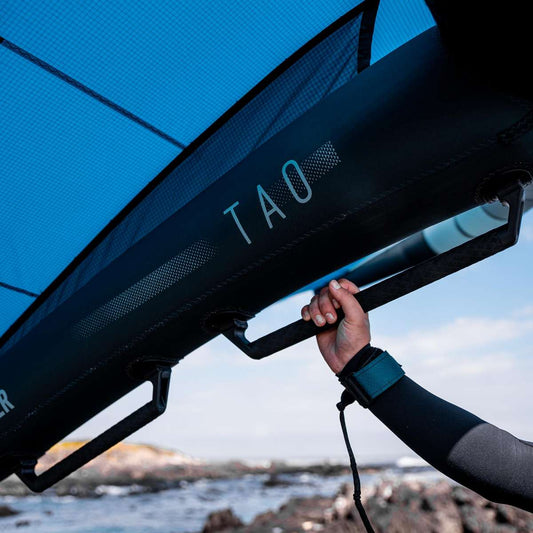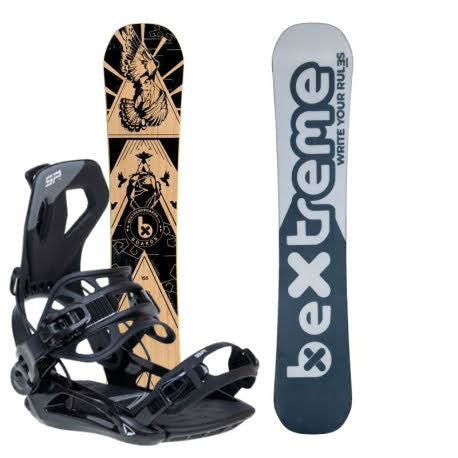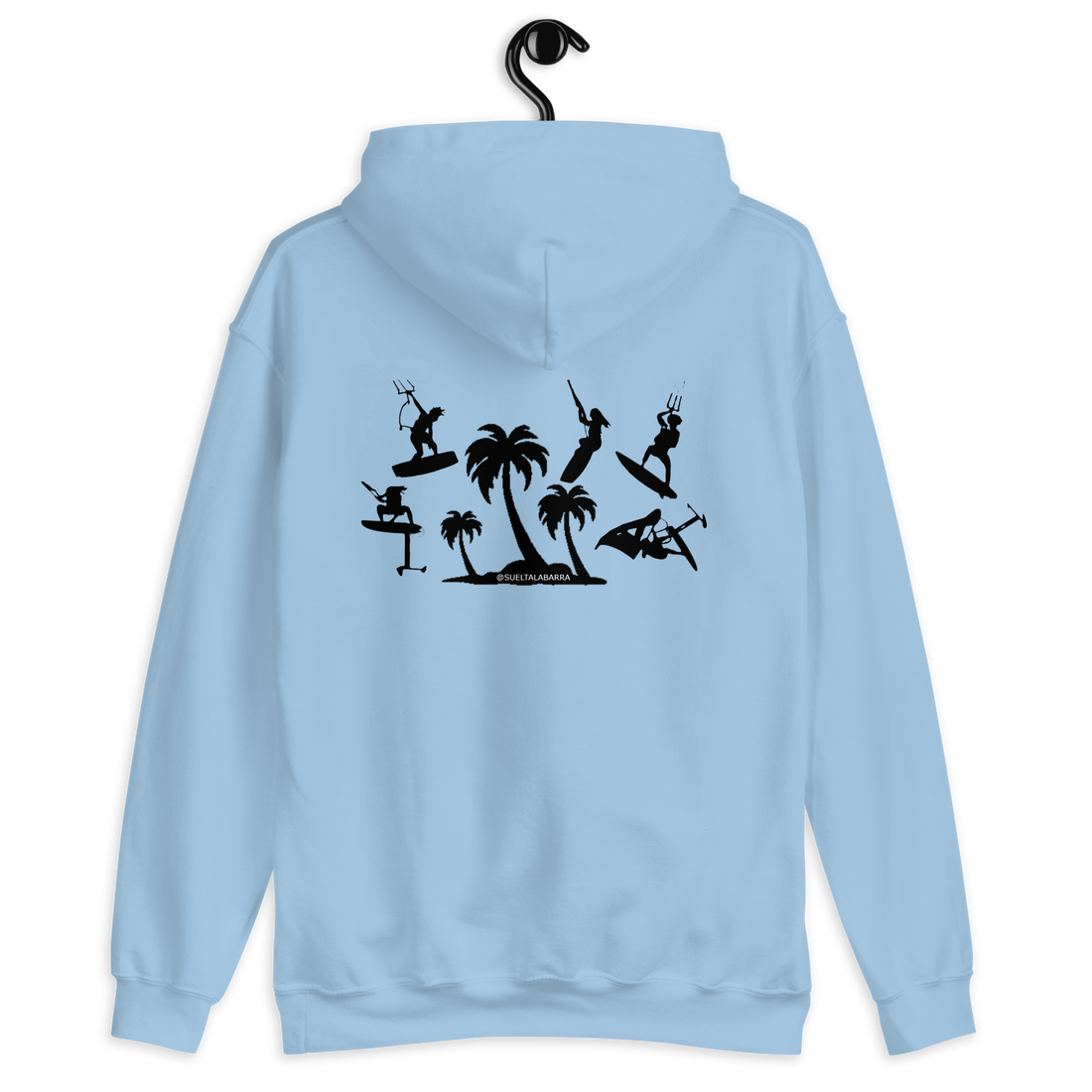
Everything you need to know about kitesurfing freestyle, tricks and disciplines.
Share
I am sure that if you read this article it is that you are already tired of upwinding, going and coming back, you are looking for challenges with a bit of freestyle and leveling up, I also tell you that the game is not going to happen to you, in kitesurfing they do not exist limits and new tricks appear every year, I bring you material so that you can spend a few seasons practicing, swallowing water and letting go of the bar.
I am going to describe the best known tricks as best I can and later a complete and detailed list of tricks in championships, in addition to all these you can contribute yours in comments.
- Back Roll: It consists of turning the body 360 degrees backwards while in the air. To do this, you need to press down hard on your heels and look over your front shoulder before jumping. Then lift your heels toward your butt and continue to look over your shoulder to complete the rotation. In the end, you have to send the kite forward and land softly.
- Front Roll: It is similar to the Back Roll, but turning forward. You have to press your toes and look over your back shoulder before jumping. Then, you have to bend your knees and continue to look over your shoulder to turn. In the end, you have to pull the bar and land with control.
- Raley: It consists of extending the body backwards and stretching the legs while in the air, forming a straight line with the kite. To do so, you have to charge the kite up and jump hard. Then release your arms and arch your back, letting the kite pull your legs back. In the end, you have to bend your knees and land with speed.
- S-Bend: It is a variation of the Raley, but adding a frontal rotation of 360 degrees. To do this, you have to perform a Raley and then roll your head and shoulders forward to initiate the rotation. Then, you have to keep your legs straight and keep looking forward to complete the turn. In the end, you have to pull the bar and land on your back.
- Kiteloop: It consists of turning the kite 360 degrees around the edge of the wind window while it is in the air, generating a strong pull. To do this, you have to jump with the kite high and then turn the bar all the way in one direction. Then, you have to wait for the kite to complete the loop and return to its original position. In the end, you have to absorb the impact with your knees and land with balance.

Photo: Silvia City
These are just a few examples of freestyle kitesurfing tricks. There are many more that you can learn and practice safely and with fun, like the ones that I present to you in this list: I recommend you download the ACADEMY Duotone app where you will overcome the challenges and learn progressively.
GENERIC MANEUVERS
TURNS ABOUT THE VERTICAL AXIS - SPIN 360
BACK SPIN: Gaze turns to the front and away, and the back turns to the kite. In H. Pass the back hand delivers on the bar.
FRONT SPIN: the gaze turns towards the bar and the back turns out. In H.Pass the front hand delivers the bar.
ROTATIONS ABOUT THE HORIZONTAL AXIS
FLIP (Loop / Deadly)
BACK FLIP: turn the wheel backwards.
FRONT FLIP: turn the wheel forward.
ROLL (SemiFLIP or SemiSPIN - It is a mixture of Flip and Spin in a single turn)
FRONT ROLL : Roll forward.
BACK ROLL: Roll backwards.
TANTRUM: Front Roll on the back, disengaged in full traction, the bar over the head.
COMBINATIONS WITH TABLE GRIPS
(Add more using the front hand and much more by crossing it)
INDY GRAB: grab the edge on the side of the toes, in the middle of the board with the legs stretched out.
HEEL SIDE GRAB: grab the edge of the side of the heels of the feet, in the middle of the table, passing the arm between both legs stretched out.
NOSE GRAB: grab the nose of the board.
TAIL GRAB: grab the tail or stern of the board.
COMBINATIONS TAKING OFF THE BOARD (PRO: without handle - AMATEURS: with handle)
JUDO AIR: take one foot off the board, kick into the air and put it back.
BOARD OFF: take off the board and put it back on, in the air.
HEARTH ATTACK: Board Off and kick with both legs up.
BOARD FLIP: rotate (roll) the board by grabbing it from the edge in the middle.
VARIAL: rotate the board 360 horizontally by grabbing it from the tail.
RAIL GRAB: rotate the board (loop) grabbing it from the tail.
WIZARD: turn the board taking it from the center like a roulette spin.
BOARD PASS: pass the board around the body taking it from a strapp.
COMBINATIONS WITH THE ORIENTATION OF THE FEET / TABLE (at the beginning or end)
HEEL SIDE: is the normal navigation position of the board, nailing or pressing on the edge of the side of the heels of the feet.
SHIFTY: consists of a twist or 90º turn with the board, which is practiced as a complement to some maneuver (Indy Grab, Roast Beef, Bat Wing, 911, etc.).
TOE SIDE (180 BACK): navigate with the board and the legs inverted, having rotated the trunk of the body 180º outwards in the opposite direction to the bar, supporting the edge on the side of the toes - Back or to Revert board .
TO BLIND (180 FONT): turn the trunk of the body 180º passing the chest in front of the bar so as to be sailing “blindly” or backwards on the edge of the side of the tip of the feet.
LOAD AND POP (progressive edge): jumping technique keeping the kite at power (45º), consisting of exerting increasing pressure on the edge of the board until that resistance is instantly released (POP) and produces the upward impulse of the board. kite. This technique characterizes the maneuvers that are classified in the "Wakeboard" style.
HOOKEED IN - UNHOOKEED : disengaging from the chicken loop adds a certain degree of difficulty to the maneuver. It is characteristic of the "Wakeboard" style and necessary for Handle Pass maneuvers. If, in addition, part of the maneuver is carried out supporting the potential kite with one hand - MELAN, the degree of difficulty is greater.
AIR RALEY (SUPERMAN)
(Unhooked from the Chicken loop and with the kite in traction)
RALEY: thrown forward with the body horizontal and the board behind above the height of the head.
313: Raley with Handle Pass 360, with the kiter in the air.
S-BEND: Raley with 360 horizontal or semi-horizontal turn, while the kite is in traction.
COMBINED SPINS : FLIP or ROLL combined with SPIN HANDLE PASS
(Add difficulty the kite in traction and do the reverse spin to the roll)
MOBE or MOBIUS: A Roll or Flip that contains a 360 Handle Pass in its development.
MOBE INVERT: in the development of the Mobe the 360 Handle Pass is performed while turning head down (Slim Chance).
KGB / PETE ROSE : in both maneuvers a Roll is combined in the opposite direction to the 360 H. Pass.
KITE LOOPS.
KITE LOOP (With the rider in the air): greater difficulty if it is thrown at the beginning of the maneuver.
KITE LOOP: with the kite high above the power zone.
DOWNLOOP: with the kite passing in front of and below the height of the rider.
KITELOOP HANDLE PASS: 360 Spin Kiteloop Handle pass.
RAMPS AND SLIDERS
The use of these elements as a complement to a specific maneuver adds a high degree of difficulty, completely changing the nature of the basic maneuver.
SELTALABARRA freestyle t-shirt
And now comes the highest level of freestyle that we all know as BIG AIR.
Big air kiting is an impressive discipline that consists of performing spectacular jumps and aerobatics using the force of the wind and the kite. Riders seek to achieve the greatest height, distance and time possible in the air, as well as execute technical and aesthetic tricks. This requires the right equipment, optimal wind conditions, and a lot of skill and control.
Among the best-known big air maneuvers are:
- The kiteloop: consists of turning the kite 360 degrees around the edge of the wind window while it is in the air, generating a strong pull. It is a very powerful and risky trick that requires a good deal of courage and experience.
- The board off: consists of removing your feet from the board while in the air, holding it briefly with one or two hands, and then putting them back before landing. It is a very visual trick that demonstrates great balance and coordination.
- The megaloop: it consists of doing a kiteloop when you are very high in the air, which implies a very fast and vertical fall. It is one of the most extreme and dangerous tricks in big air kitesurfing, only suitable for very advanced and brave riders.
Regarding the latest big air maneuvers and news that are emerging in the different championships: (championship calendar)
- The KOTA: as in Formula One, as in the Champion League, as in the NBA or as in the SUPERBOWL rugby final, the big air circuit ends in EL KOTA, it is the acronym for King of the Air, an annual competition that is held in Cape Town, South Africa, where the best big air kitesurfing riders in the world meet. The goal is to perform the highest jumps and the most impressive tricks to impress the jury and the public.
- As a novelty this year, the hydrofoil arrives on the circuits: it is a board with an elongated keel that has a wing-shaped fin at its lower end. This fin allows the board to rise above the water when a certain speed is reached, reducing drag and allowing for higher and longer jumps. The hydrofoil is a relatively new modality that offers new sensations and possibilities to big air kitesurfing riders.
 Photo: Kiko Peiro
Photo: Kiko Peiro - The classic strapless: it is a modality that consists of using a surfboard without footstraps or boots, which implies a greater challenge and freedom when performing tricks. Strapless riders have to hold the board with their feet or hands while in the air, which requires a lot of skill and flair.
Wow, what a lot of information I just gave you, I hope you liked it and remember big air kitesurfing is an impressive modality that combines the force of the wind and the kite with the ability and control of the riders to achieve spectacular jumps and tricks.
Freestyle sweatshirt with all modalities.
Only a few reach this level, the rest of mortals do like me who enjoy kiting as the most complete sport I know.




